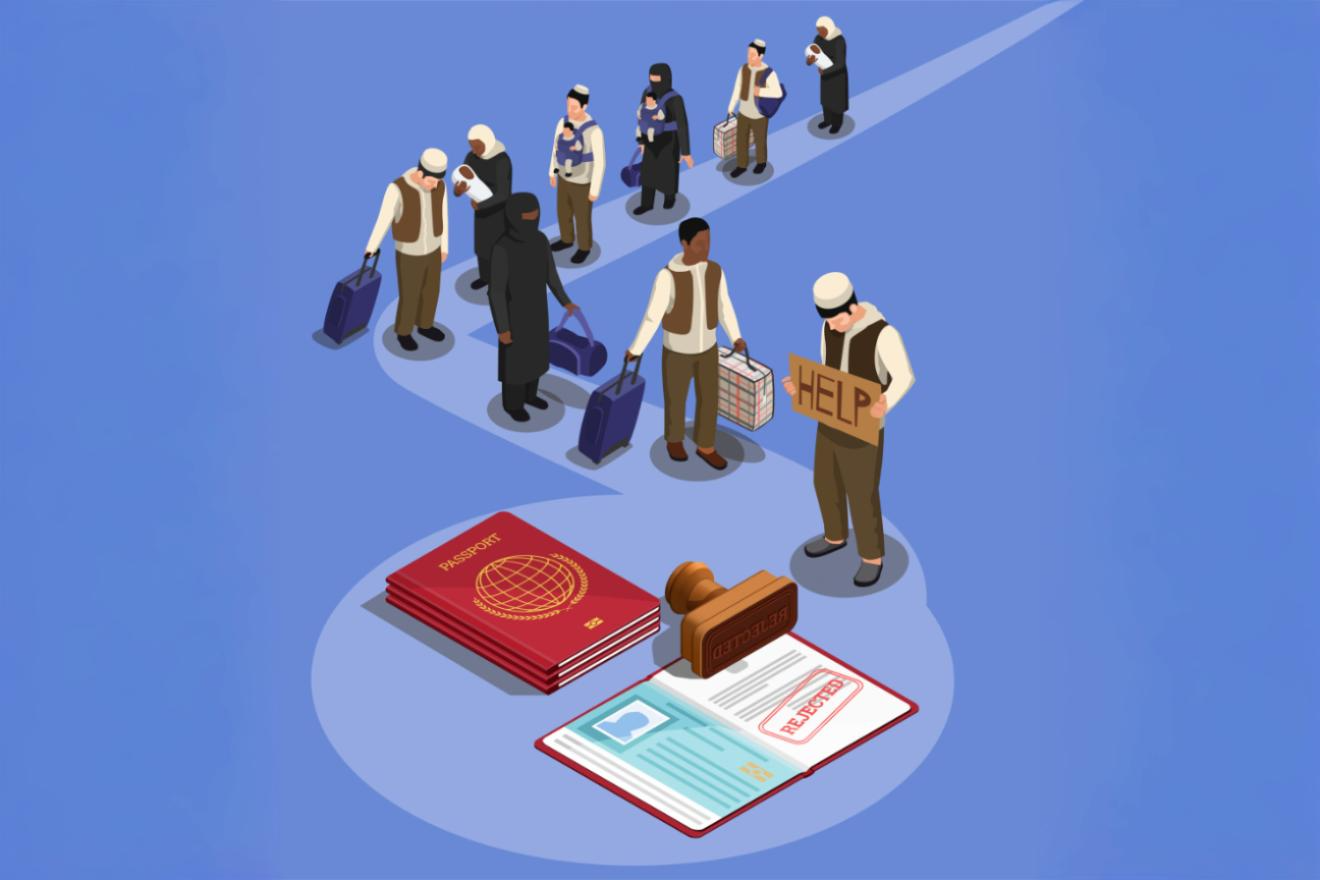Moving to Canada from India is a dream for many. Whether it is better jobs, quality of life, or education opportunities, Canada is an attractive choice. Understanding the process and following the right steps can make your immigration journey smoother.
Is Moving to Canada Worth It?
Canada offers a high standard of living, excellent healthcare, good schools, and a welcoming multicultural environment. Skilled workers can find jobs with competitive salaries, while students benefit from quality education. Long-term stability and social benefits make Canada appealing for families and individuals seeking a new start.
Pathways to Immigrate to Canada
Canada offers several pathways depending on your goals, skills, and circumstances. The main programs include:
1. Express Entry
Express Entry is for skilled workers. It uses a points system called the Comprehensive Ranking System (CRS) to rank candidates. Programs under Express Entry include:
- Federal Skilled Worker Program (FSWP): For professionals with foreign work experience.
- Federal Skilled Trades Program (FSTP): For qualified tradespeople.
- Canadian Experience Class (CEC): For those with at least one year of skilled work in Canada.
2. Provincial Nominee Program (PNP)
PNP allows provinces to nominate candidates to meet local labor needs. Each province has its own streams and in-demand jobs. Nomination adds 600 CRS points, boosting your chance of permanent residency.
3. Family Sponsorship
Canadian citizens or permanent residents can sponsor certain family members for permanent residence.
4. Atlantic Immigration Program
This program helps employers in Atlantic provinces hire skilled workers and international graduates to fill labor shortages.
5. Quebec Skilled Worker Program (QSWP)
QSWP selects skilled workers who want to live in Quebec, based on education, work experience, language skills, and adaptability.
6. Start-up Visa Program
This program is for immigrant entrepreneurs with innovative business ideas supported by designated organizations.
7. Caregiver Programs
These allow caregivers to work in Canada and eventually apply for permanent residence.
8. Work Permits
Work permits allow foreign nationals to work legally in Canada for a specific employer or under open conditions.
9. Study Permits
Study permits are for international students attending Canadian Designated Learning Institutions (DLIs).
10. Visit Visa
A temporary resident visa allows short visits for tourism, family, or business.
Requirements for Immigration
Eligibility varies by program but generally depends on age, education, work experience, language skills, and adaptability.
Key requirements include:
- Age: Higher points for 18–35 years old.
- Education: Secondary education minimum; higher education improves points.
- Work Experience: At least one year of skilled work in the last 10 years.
- Language Proficiency: IELTS, CELPIP (English), TEF, TCF (French).
- Proof of Funds: Enough to support yourself and family.
- Health and Character: Medical exams and police clearance certificates.
Documents Needed
Documents vary by program but often include:
- Passport
- Language test results
- Educational credential assessment (ECA)
- Job offer letters (if applicable)
- Proof of work experience
- Police certificates
- Proof of funds
- Provincial nomination (if applicable)
Step-by-Step Process
- Check Eligibility
Assess your profile based on age, education, work experience, language, and adaptability. - Choose the Right Program
Pick a pathway that matches your skills and goals. Popular options include Express Entry, PNP, QSWP, and caregiver programs. - Take Language Tests
Complete approved tests such as IELTS, CELPIP, TEF, or TCF. - Get Educational Credential Assessment (ECA)
If your education is from India, have it assessed by a recognized Canadian agency. - Create an Online Profile
For Express Entry, submit your profile on IRCC. CRS points rank candidates. - Receive Invitation to Apply (ITA)
High-ranking candidates receive an ITA to apply for permanent residence. - Submit Application
Submit the complete application with documents within the required timeframe (usually 60 days). - Medical and Security Checks
Complete medical exams and provide police clearance certificates. - Wait for Processing
Processing times vary but typically take around six months for Express Entry. - Receive Confirmation of Permanent Residence (COPR)
Once approved, you will receive your COPR to move to Canada. - Land in Canada and Settle
Complete the landing process and begin your life in Canada.
Cost of Immigration
Costs vary by program:
- Express Entry / PNP: ~CAD 2,200–2,500 for a single applicant
- Family of 3: ~CAD 4,500–5,000
- Additional costs include biometrics (~CAD 85 per person), medical exams (~CAD 100–300), language tests (~CAD 300–350), and ECA (~CAD 200–300)
Processing Time
Processing times vary:
- Express Entry: ~5 months
- PNP: 5–20 months depending on province
- Family Sponsorship: ~10 months (longer in Quebec)
- Caregiver Programs: 17–23 months
- Study/Work Permits: 10–13 weeks
Check the IRCC website for updated processing times.
Conclusion
Immigrating to Canada from India is a structured process. Knowing eligibility, choosing the right program, preparing documents, and following steps carefully is key. Costs and processing times vary, so planning ahead is important. With proper preparation, moving to Canada can become a reality for better jobs, education, and life opportunities.












